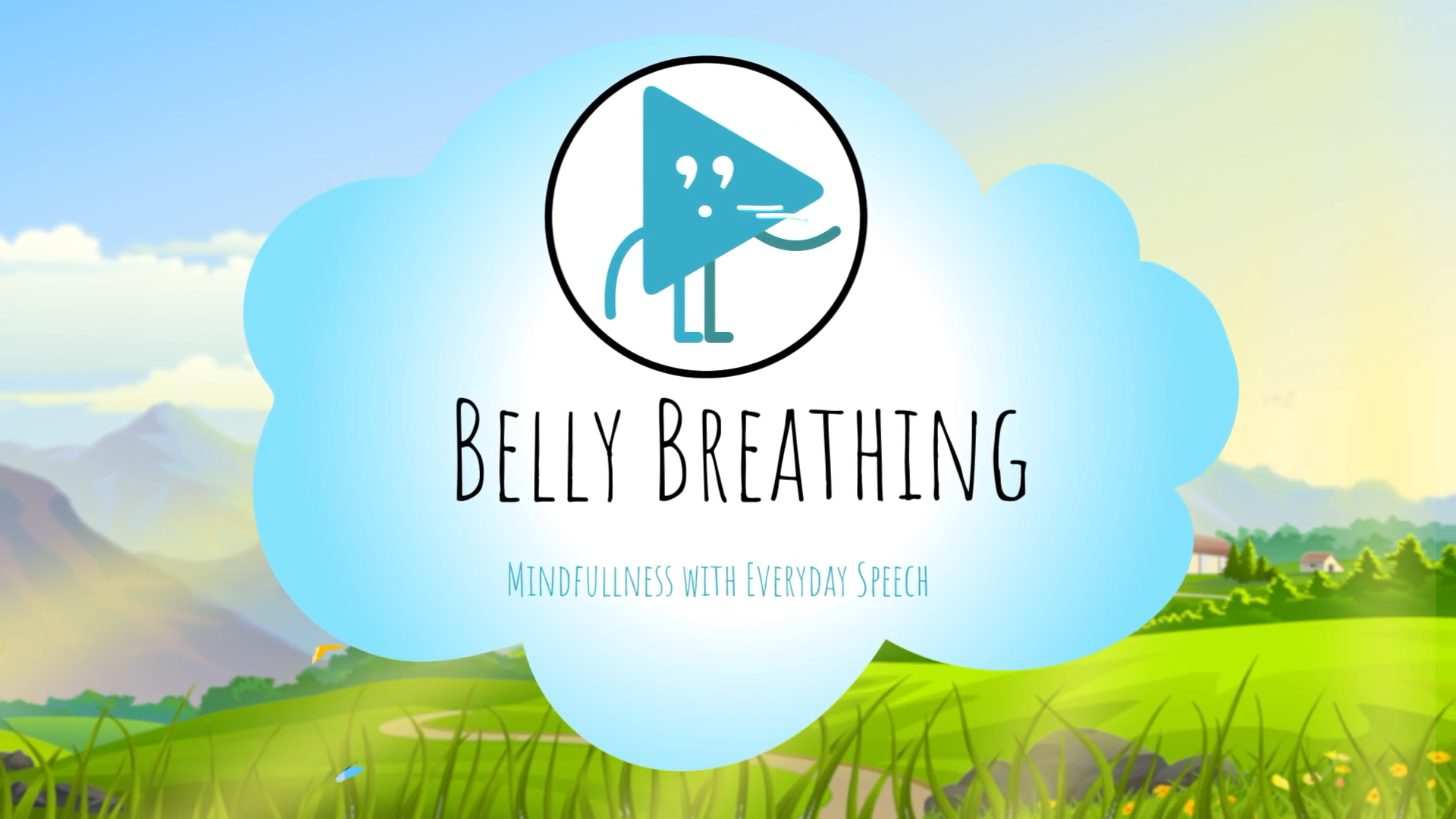In special education, it’s crucial to teach students strategies to manage overwhelming emotions and promote mental wellbeing. Belly Breathing is one such skill that can help students feel calm and focused, leading to improved learning and social interactions.
Understanding Belly Breathing and Its Impact
Belly Breathing is a deep-breathing technique that involves inhaling and exhaling slowly, causing the belly to expand and contract. This skill helps students regulate their emotions, minimize stress, and enhance focus. By mastering Belly Breathing, students can experience improved academic performance, better social interactions, and overall wellbeing.
The Role of Specialists
Various specialists play a significant role in supporting the development of Belly Breathing skills in students:
- Speech-Language Pathologists: They can help students understand and practice the technique, ensuring proper breathing patterns.
- Social Workers: They can provide guidance on incorporating Belly Breathing into daily routines and coping strategies.
- Psychologists: They can help identify students who may benefit from Belly Breathing and monitor their emotional wellbeing.
- School Counselors: They can offer support and resources for students to practice Belly Breathing and reinforce its use in various situations.
IEP Goals for Belly Breathing
Here are some SMART IEP goals to develop Belly Breathing skills in students:
- Goal: Within six months, the student will independently use Belly Breathing techniques to self-regulate emotions in 8 out of 10 stressful situations.
- Strategy: Teach the student the steps of Belly Breathing and practice regularly during calm moments.
- Activity: Encourage the student to practice Belly Breathing during guided relaxation exercises.
- Goal: Within three months, the student will demonstrate an understanding of the Belly Breathing technique by explaining its purpose and steps to a peer.
- Strategy: Provide the student with visual aids and verbal explanations of Belly Breathing.
- Activity: Engage the student in role-play scenarios where they teach Belly Breathing to a classmate.
Implementing and Measuring Progress
To effectively implement and measure progress, consider the following tips:
- Regularly practice Belly Breathing with the student during calm moments to reinforce the skill.
- Monitor the student’s use of Belly Breathing in various situations and provide feedback.
- Collaborate with specialists and other educators to track the student’s progress and adjust goals as needed.
Conclusion
Teaching Belly Breathing to special education students can significantly improve their emotional regulation, learning, and social interactions. Implement these IEP goals and strategies to help your students develop this essential skill. For more resources and support, explore Everyday Speech Sample Materials.






